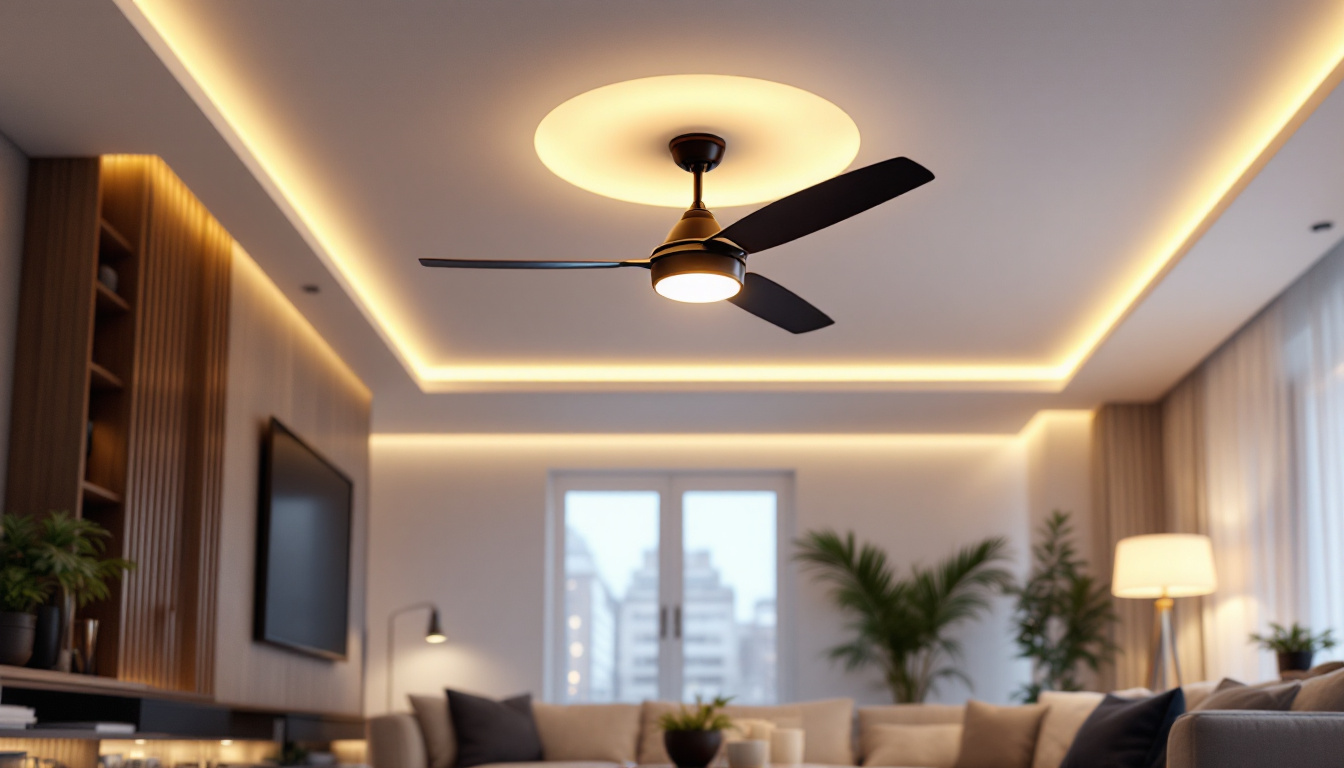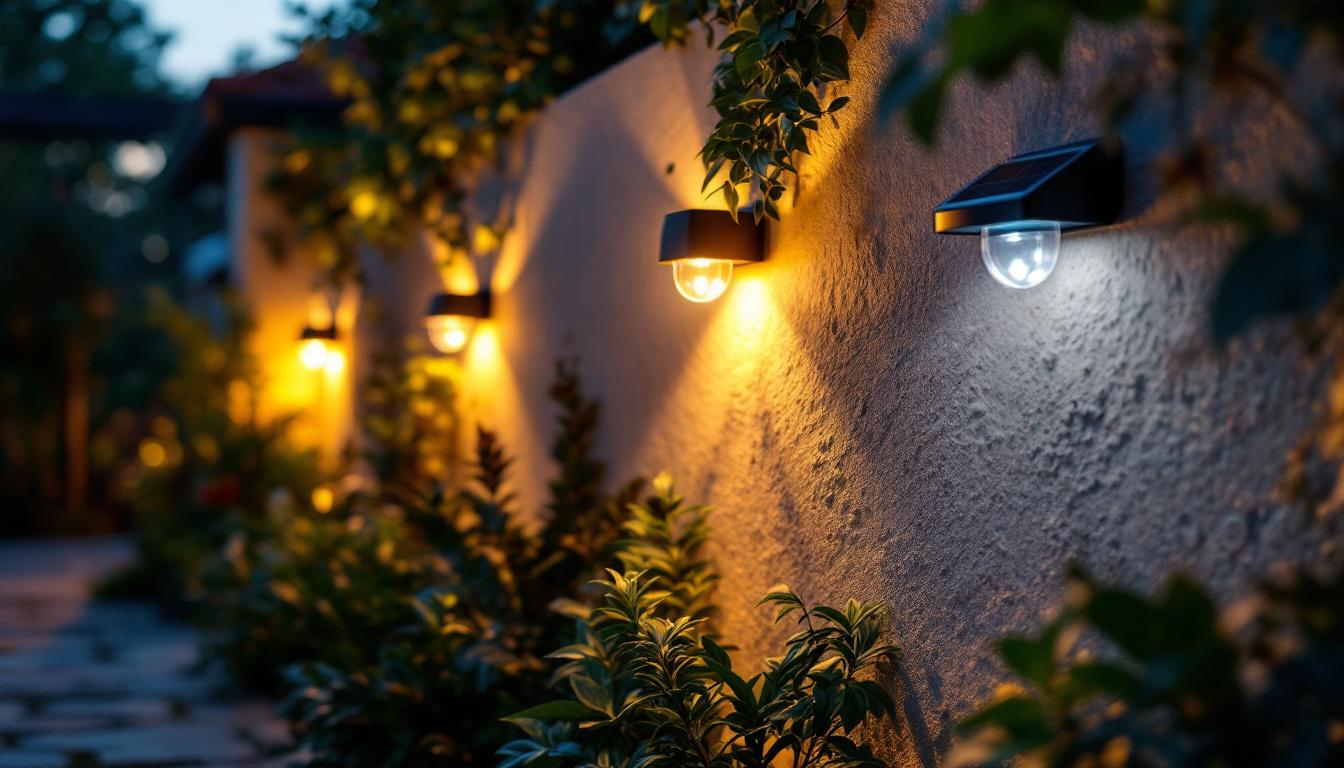
For lighting contractors, having a clear grasp of how ballasts function is essential to ensuring optimal performance and longevity of lighting installations. A ballast is a critical component in fluorescent and HID (High-Intensity Discharge) lighting systems, serving as the device that regulates the current to the lamp and provides the necessary voltage to start it.
Without a ballast, fluorescent lamps and HID lamps would draw excessive current once started, leading to rapid burnout or damage. The ballast essentially controls the electrical flow, stabilizing the current and preventing fluctuations that can reduce lamp life or cause flickering. This makes it a vital piece of the lighting puzzle, especially in commercial and industrial settings where reliability and efficiency are paramount.
Moreover, ballasts come in various types, including magnetic and electronic, each with its own set of advantages and applications. Magnetic ballasts, while often bulkier, are known for their durability and long lifespan, making them suitable for environments where equipment is subject to wear and tear. On the other hand, electronic ballasts are more compact and energy-efficient, providing better control over the lighting output and reducing energy consumption significantly. This efficiency not only contributes to lower operational costs but also supports sustainability efforts by minimizing energy waste.
In addition to their functional role, the choice of ballast can also impact the overall quality of light produced. For instance, electronic ballasts can reduce flickering and noise, creating a more pleasant and productive environment, particularly in workplaces where concentration is key. Furthermore, advancements in ballast technology have led to the development of dimmable options, allowing for greater flexibility in lighting design. This is particularly beneficial in settings like theaters or conference rooms, where lighting needs can vary greatly depending on the activity or time of day. Understanding these nuances can empower contractors to make informed decisions that enhance both the functionality and aesthetic appeal of their lighting installations.
Magnetic ballasts are the traditional type, using electromagnetic coils and iron cores to regulate current. They are simple, robust, and relatively inexpensive, but they tend to be heavier and less energy-efficient compared to modern alternatives. Magnetic ballasts can cause a noticeable hum and flicker, which may be undesirable in certain environments. This flickering can be particularly problematic in settings such as offices or classrooms where concentration is key, as it can lead to eye strain and discomfort.
Despite these drawbacks, magnetic ballasts are still widely used in retrofit projects or where cost constraints are significant. They are compatible with most fluorescent lamps and are known for their durability in harsh conditions. In fact, many industrial applications favor magnetic ballasts for their ability to withstand extreme temperatures and vibrations, making them ideal for factories and warehouses. Additionally, the simplicity of their design means that they can be easily replaced or repaired, adding to their appeal in maintenance-heavy environments.
Electronic ballasts represent a significant advancement, using solid-state circuitry to control lamp current at high frequencies. This results in reduced flicker, quieter operation, and improved energy efficiency—often reducing power consumption by up to 30% compared to magnetic ballasts. The high-frequency operation also allows for a more consistent light output, which is particularly beneficial in settings such as retail spaces, where lighting plays a crucial role in product presentation and customer experience.
For lighting contractors, electronic ballasts offer greater flexibility and performance, especially in environments where lighting quality and energy savings are priorities. They also extend lamp life by providing a more stable electrical environment, which can reduce maintenance costs over time. Moreover, many electronic ballasts come with integrated features such as dimming capabilities and compatibility with smart lighting systems, enabling users to create dynamic lighting environments that can adapt to various needs throughout the day.
Some ballasts combine features of both magnetic and electronic types or are designed for specific lamp types such as LED retrofit kits or specialized HID lamps. Understanding these options allows contractors to tailor solutions to client needs, balancing cost, efficiency, and performance. Hybrid ballasts, for instance, can provide the best of both worlds by offering the reliability of magnetic systems while incorporating the energy savings and advanced features of electronic designs.
Specialized ballasts are also gaining traction in niche markets, such as horticultural lighting, where specific light spectrums are required for plant growth. These ballasts are engineered to deliver optimal performance for specific applications, ensuring that plants receive the right balance of light wavelengths for photosynthesis. Furthermore, as the lighting industry evolves, new technologies are emerging, such as wireless control systems that allow for remote management of ballast functions, making it easier than ever to optimize energy usage and lighting conditions in various settings.
When selecting a ballast, it’s critical to match the ballast’s wattage rating with the lamp’s requirements. Using a ballast with an incompatible wattage can lead to poor performance or premature lamp failure. For example, a ballast designed for a 32-watt fluorescent lamp should not be used with a 40-watt lamp.
Additionally, ballast types are often specific to lamp types—T8, T12, or T5 fluorescent lamps each require compatible ballasts. Lighting contractors should always verify the lamp-ballast compatibility to ensure optimal operation. This verification process can save significant costs in the long run, as using the wrong ballast can not only lead to frequent lamp replacements but also increased energy consumption due to inefficiencies. Furthermore, understanding the specific requirements of each lamp type can help in selecting the most suitable ballast, which can enhance overall lighting performance and longevity.
Ballasts have different starting methods, including rapid start, instant start, and programmed start. Each method affects lamp startup time, flicker, and lamp life:
Choosing the correct starting method is crucial for environments such as offices or schools where lighting is switched frequently. For instance, in a classroom setting, the programmed start method can significantly reduce flicker and provide a smoother transition to full brightness, which is beneficial for both students and teachers. Moreover, understanding the implications of each starting method can help facility managers make informed decisions that enhance energy efficiency while maintaining a comfortable and productive atmosphere.
The ballast factor indicates the relative light output of a lamp-ballast combination compared to a reference ballast. A ballast factor of 1.0 means full light output, while factors less than 1.0 indicate reduced output but potentially improved energy efficiency and lamp life.
Contractors should consider ballast factor when designing lighting systems to balance brightness requirements with energy consumption and maintenance intervals. A lower ballast factor may be acceptable in areas where high illumination is not critical, such as storage rooms or hallways, allowing for energy savings without compromising safety. Additionally, as energy efficiency regulations become more stringent, selecting ballasts with optimal ballast factors can contribute to compliance and sustainability goals, making it a vital consideration in modern lighting design.
Correct wiring is fundamental to ballast installation. Contractors must follow manufacturer wiring diagrams precisely and ensure all connections are secure to prevent electrical hazards or ballast failure. Using wire nuts rated for the application and verifying grounding are essential steps.
Moreover, ballasts can become hot during operation, so adequate ventilation and clearance should be maintained to avoid overheating. Adhering to local electrical codes and standards is mandatory to ensure safety and compliance.
Some common ballast-related problems include flickering lights, humming noises, and lamps failing to start. Flickering can result from a failing ballast, incompatible lamp-ballast pairing, or wiring issues. Humming is typically associated with magnetic ballasts and may be mitigated by replacing them with electronic versions.
If lamps fail to start, it could indicate ballast failure, incorrect wiring, or lamp issues. Testing the ballast with a multimeter or ballast tester can help diagnose the problem. In many cases, replacing the ballast is more cost-effective than troubleshooting extensive wiring or lamp replacements.
With the rise of smart buildings and IoT (Internet of Things) integration, ballasts are evolving to support digital controls and network connectivity. Smart ballasts allow for remote dimming, scheduling, and energy monitoring, enabling contractors to offer advanced lighting solutions that enhance building efficiency and occupant comfort.
This trend is particularly relevant in commercial and industrial projects where energy management and automation are increasingly prioritized.
While traditional ballasts are designed for fluorescent and HID lamps, the widespread adoption of LED technology is reshaping the market. LED drivers, which serve a similar function to ballasts, are becoming the standard for new installations. However, ballasts remain important for retrofit projects and hybrid systems.
Lighting contractors should stay informed about LED-compatible ballasts and driver technologies to provide clients with future-proof solutions that maximize energy savings and reduce maintenance.
Mastering the fundamentals of ballasts equips lighting contractors with the expertise to select, install, and troubleshoot lighting systems effectively. Understanding the differences between magnetic and electronic ballasts, recognizing key specifications, and keeping abreast of technological advancements ensures that contractors can deliver reliable, efficient, and tailored lighting solutions.
Given the critical role ballasts play in lamp performance and energy consumption, investing time in ballast education ultimately translates into enhanced client satisfaction, reduced maintenance calls, and a competitive edge in the lighting industry.
Ready to enhance your lighting projects with the highest quality ballasts on the market? Look no further than LumenWholesale, where we offer an extensive selection of spec-grade lighting products at unbeatable wholesale prices. With us, you’ll enjoy the benefits of cutting out the middleman, ensuring you don’t pay inflated markups. Our commitment to quality and affordability means you can provide your clients with reliable, high-performance lighting solutions that fit your budget. Plus, with free shipping on bulk orders, you can stock up on premium lighting without worrying about hidden fees. Elevate your lighting installations today by visiting LumenWholesale for Wholesale Lighting at the Best Value.

Discover how light-sensored outdoor lights can revolutionize your exterior lighting design.

Discover innovative solutions for lighting contractors facing challenges with unique ceiling fans featuring integrated lights.

Discover the transformative impact of outdoor wall mounted solar lights in modern lighting installations.

Discover effective strategies for training your team in lighting with “Long Neck Light.” This article delves into innovative techniques and practical tips to enhance your team’s skills, ensuring they master the art of illumination for any setting.